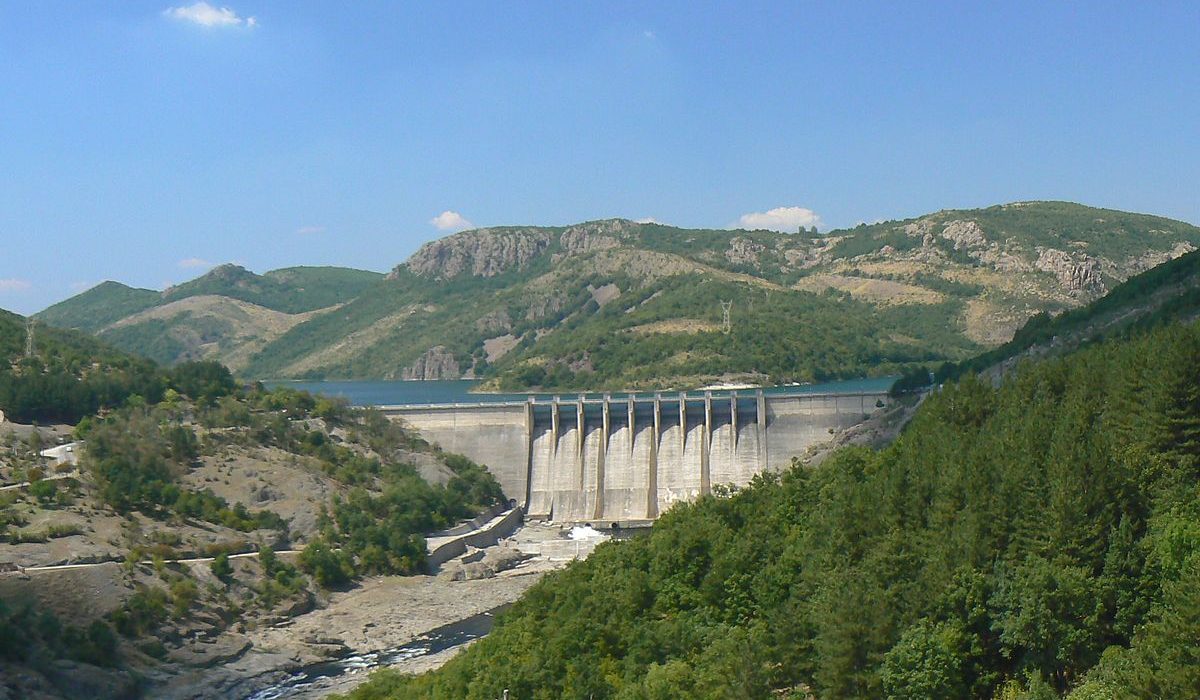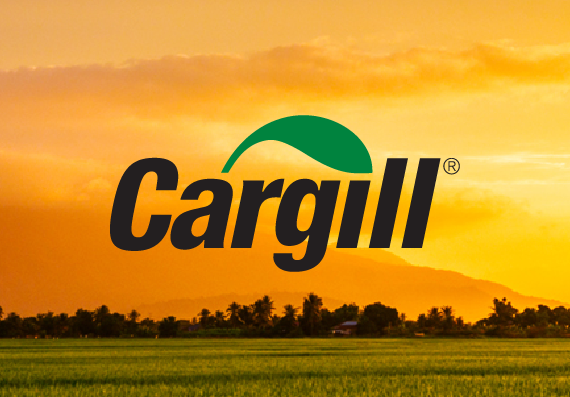Published in the Borgen Project on April 28, 2020
Situated on the West shore of the Black Sea, Bulgaria still struggles to secure basic services to its people. Bulgaria’s accession into the European Union in 2007 was a big step forward in this process, but it also made it clear that one of the areas that would be the most difficult to achieve compliance with the EU standards would be the wastewater treatment and sanitation.
10 Facts About Sanitation in Bulgaria
According to the latest Situational analysis on equitable access to water and sanitation in Bulgaria, there are ten significant challenges the country needs to overcome to ensure pure water and quality sanitation to the entire society. Here are ten important facts about sanitation in Bulgaria.
1.Water and Sanitation Network in Bulgaria is Very Old
The largest dam by volume is Iskar. The water reservoir of the capital Sofia collects about 675 million cubic meters of water. 1954 it is one of the oldest dams actually, most of the water network in Bulgaria was built between the fifties and the late eighties, but after the political regime change from socialism to democracy in the early nineties, all infrastructure projects were abandoned – leaving one-third of Bulgarians without a reliable water supply and sewage system.
2.Bulgaria Doesn’t Recycle the Wastewater
Although two-thirds of the population is connected to a wastewater network and just 57% have access to a wastewater treatment plant. Meaning a big part of the household water is never cleaned and reused, which is the case for other European countries like Germany, Belgium and Spain where recycled water is used in agriculture, groundwater recharge and ecological enhancement.
3.Pipes are Made of Asbestos
The World Bank reports state that the existing water network is outdated. On average, water supply pipes around Bulgaria are 36 years old. Their examination showed they were mostly made of asbestos-cement and non-revenue water is close to 60%.
4.People Suffer from Water Rationing
The combination of these factors: water networks in need of an upgrade, a better strategy of wastewater collection and expenditure in treatment systems– result in a significant number of people suffering from seasonal water rationing and lack of sanitation.
Most affected are people in North-East part of Bulgaria, where water rationing is common throughout the year and the price of water supply and sanitation is the highest in the country. Additionally, 37% of the population doesn’t have access to wastewater treatment whereas 24% of the population lives in areas with no wastewater collection systems. Therefore, significant funding is required to ensure that water quality and sanitation services comply with the requirements of the EU directives.
5.Most Bulgarians in Rural Areas Don’t have access to sanitation
According to the National Statistical Institute, 25% of Bulgarians don’t have access to sanitation and most of who live in the rural areas. These areas spread to 81% of the country’s territory and 39% (2014) of the population which means that most of them don’t have adequate sewage disposal.
The Special Accession Program for Agricultural and Rural Development (SAPARD), The Instrument for Structural Policies for Pre-Accession (ISPA) and the Operational program for rural development funded centralized sewerage systems in a number of rural areas. However, the funding was very low compared to the huge needs which resulted in real changes only in villages that are municipal centers.
6.Roma Communities Suffer the Most from the Lack of Proper Sanitation
Complying with EU standards was always hard for Bulgaria because there is no balance between living conditions in rural and urban area, and there were no public policies in that direction before we entered in the Union. For instance, Bulgaria does not have a national strategy addressing illegal neighborhoods a.k.a ghettos. These mostly Roma populated neighborhoods don’t have access to centralized sewerage systems, water treatment plants and wastewater tanks. The National Strategy of the Republic of Bulgaria on Roma Inclusion (2012-2020) is implemented in order to improve the quality of life of vulnerable groups and promoting their full inclusion in society. Roma families are being given access to public social housing but the measure doesn’t solve the problem in its entirety and more than 400,000 people still live in Roma ghettos.
7.Master Plans for Water and Sanitation Services are Corrupted
The Situational analysis on equitable access to water and sanitation in Bulgaria states that: “financial mechanisms have been subject to significant trade in influence and corruption, so the investments have achieved very low efficiency.” Experts of Earth Forever Foundation made a comparative analysis of the validity of the data used in the Master Plans for sustainable water and sanitation service in three villages in Central Bulgaria which showed that the regional plans provide inadequate wastewater removal and treatment measures that don’t lead to compliance with legislation and don’t attempt to make the service unaffordable for people.
8.Bulgaria and The World Bank Collaborate Solving Water Supply and Sanitation Problems
To tackle these problem areas the government’s voted on a new ambitious plan for the water supply and sanitation sector in Bulgaria. In 2016, the Bulgarian government and the World Bank collaborated on the Country Partnership Framework for Bulgaria. A document that focus on quality, efficiency and effectiveness of essential public service delivery – including improved water supply and sanitation.
9.Bulgaria Adopted New Policies for Better Sanitation and Water Supply
Thanks to the collaborative efforts Bulgaria showed significant results. According to the latest report of the Ministry of Regional Development, 99% of the population in Bulgaria is covered by centralized water supply. Over 5,000 towns and villages are covered by centralized water supply. There are only two areas in Bulgaria where full coverage of central water supply has not been achieved. The government developed a strategy to cover the needs of the outstanding 1% and improve the sanitation network by introducing a new law with in the next strategic plan (2024-2033).
10. Clean Water Supply and Sanitation are Taught in School
To educate the new generations, the Regulation 13, 2016 of Civil, Health, Environmental and Intercultural Education included new topics in Bulgarian public-school curriculum. Subjects such as a healthy way of life, water use and conservation, waste/water waste management and composting are designed to help students understand the importance of nature conservation—including water pollution reduction, clean water preservation and recycling.
Bulgaria showed slow progress in achieving the UN goals for universal access to water and sanitation, and complying with the EU standards for clean water supplies and waste-water treatment. The new challenge for Bulgaria is to establish baseline measure of the equity of access to water and sanitation through Equitable Access Score-card, a process of self-assessment, focusing on “universal and equitable access to safe and affordable drinking water for all” and “access to adequate and equitable sanitation and hygiene for all and end open defecation, paying special attention to the needs of women and girls and those in vulnerable situations” by 2030.



